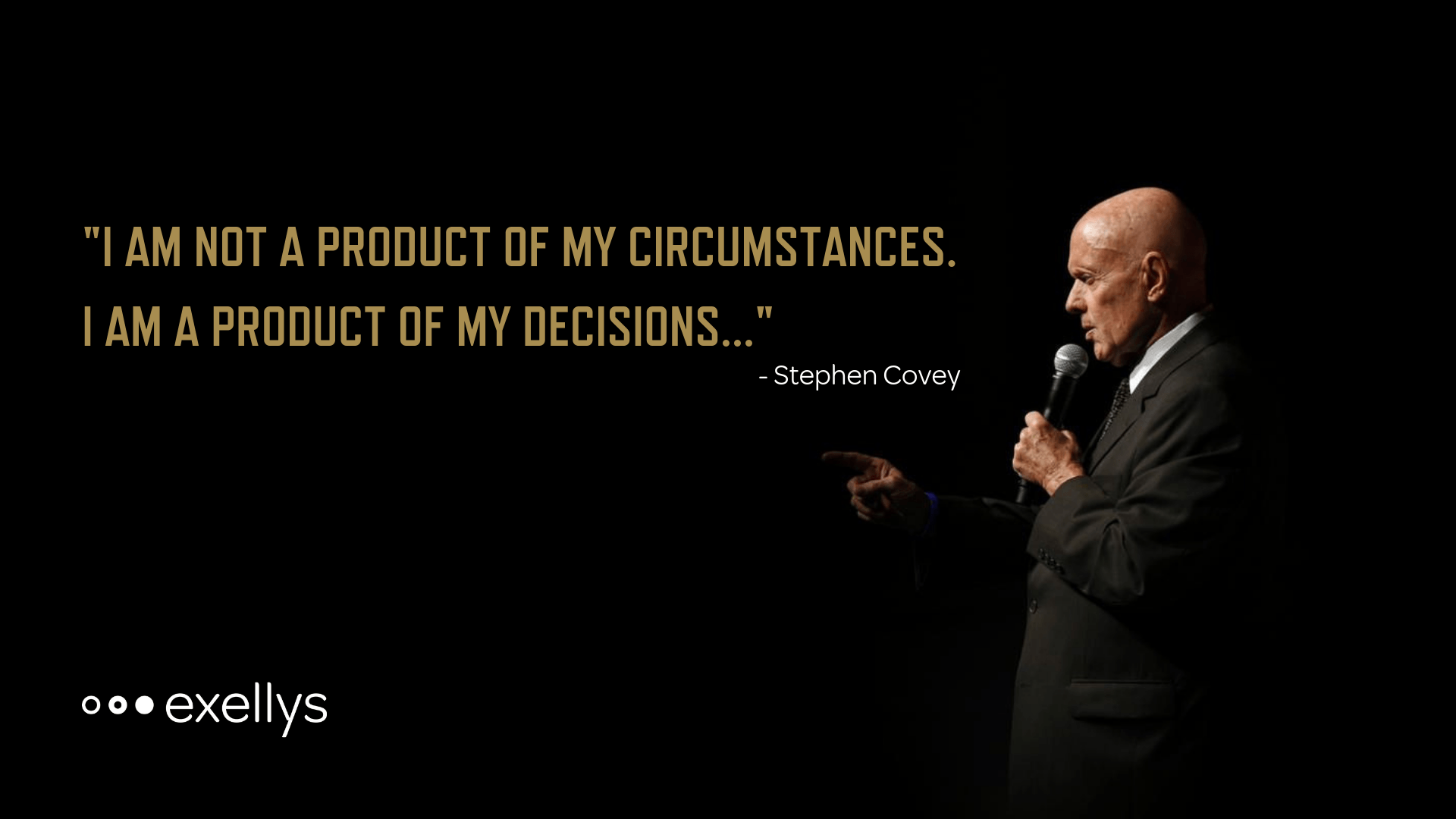
These are relationship-building activities. Examples of deposits include: understanding the other person, keeping commitments, helping, providing constructive feedback, and apologizing.

It compares all our interpersonal interactions to deposits and withdrawals. Much like a financial bank account, deposits are made and withdrawals are taken.


He describes the Emotional Bank Account as the amount of trust that we build up in a relationship. The Emotional Bank Account is a metaphor Covey uses to describe the kind of interactions we have with other people and the development of trust between ourselves and others. Reading: Overview of the Emotional Bank Account (15 min).The Seven Habits of Highly Effective People. This P/PC balance is the very essence of effectiveness upon which Dr. If supervisors demand of employees, or if we demand of ourselves, in the same way the employee who ran the machine in the example, we, too, will break down more quickly, be out of commission for a longer time, and be more expensive to repair or replace than had we taken care of ourselves, or our employees, all along. What is the moral of the story? How does it relate to leading and managing people? At any organization, you have physical assets: vehicles, photocopying machines, etc., but our most important assets are human. Similarly, government transport vehicles may have been used for years, have needed repair, but may not have been the priority-“it is not broken, keep using it until you cannot, then we will worry about what to do.” Production stops, costs increase, and there is greater expense to fix or get a new machine. The machine quickly wears out its parts, and breaks down. However, the increased immediate “production” (P) comes at the expense of the “production capability” (PC) and of future production. The immediate result is increased output, lower costs and higher profit.

There is pressure from his supervisors to increase production so the employee runs the machine 24-hours a day, and skips the scheduled maintenance. In an organization there is a person in charge of a particular machine. The following is an example to better explain the concept of P/PC: Production and Production Capability Balance (P/PC) refers to the balance between production and production capability and applies to physical, financial, and human assets. In this unit and in The 7 Habits of Highly Effective People, you learn about a concept called the balance between productions and production capability. Take a moment and think about what it is that you need to produce your work.


 0 kommentar(er)
0 kommentar(er)
